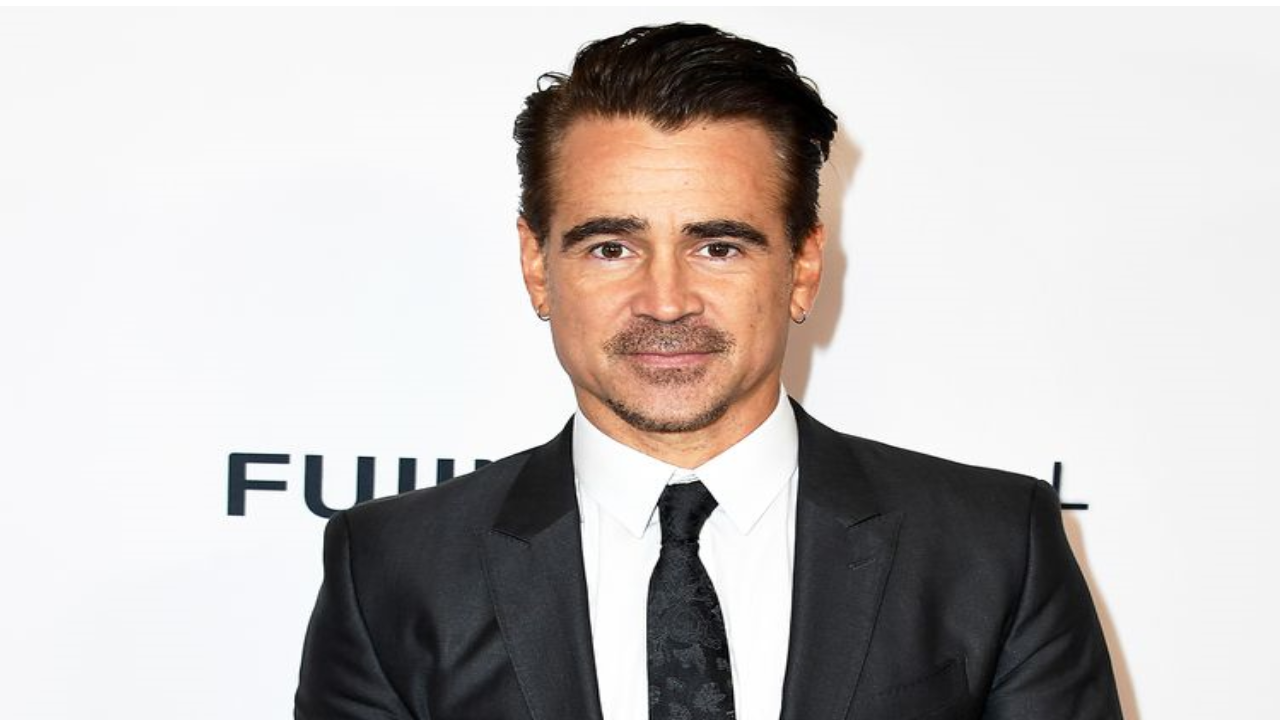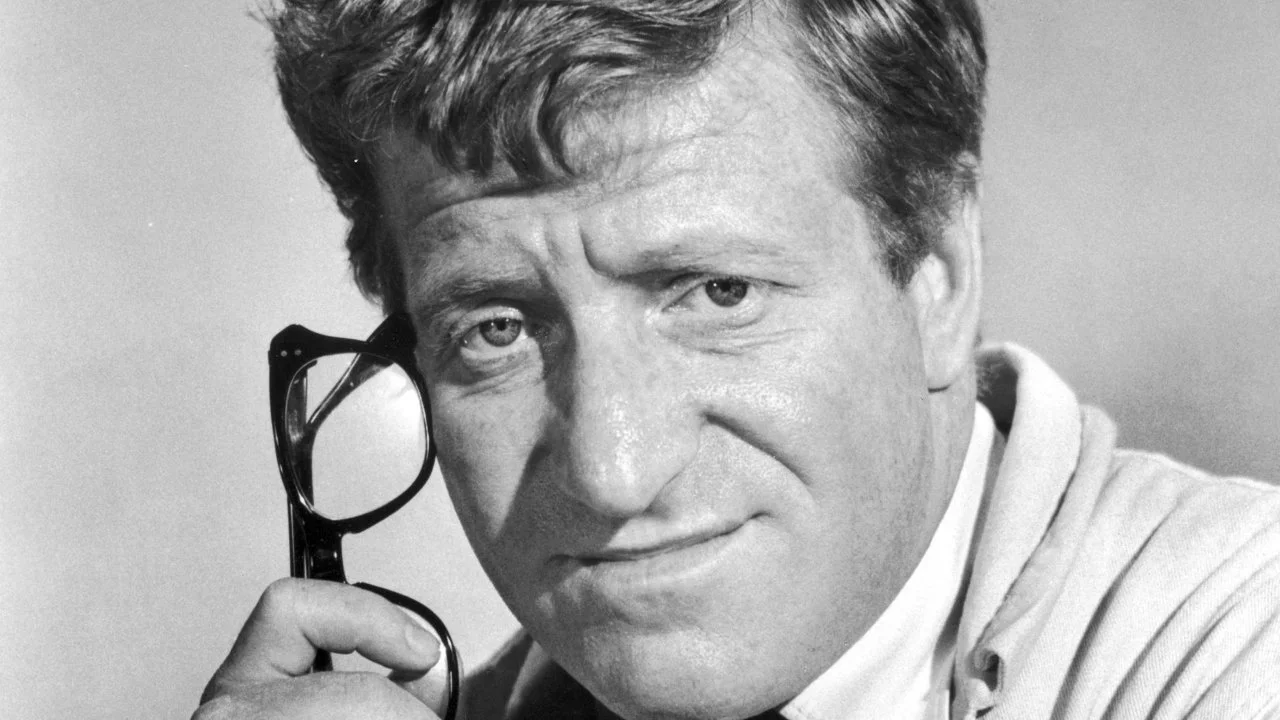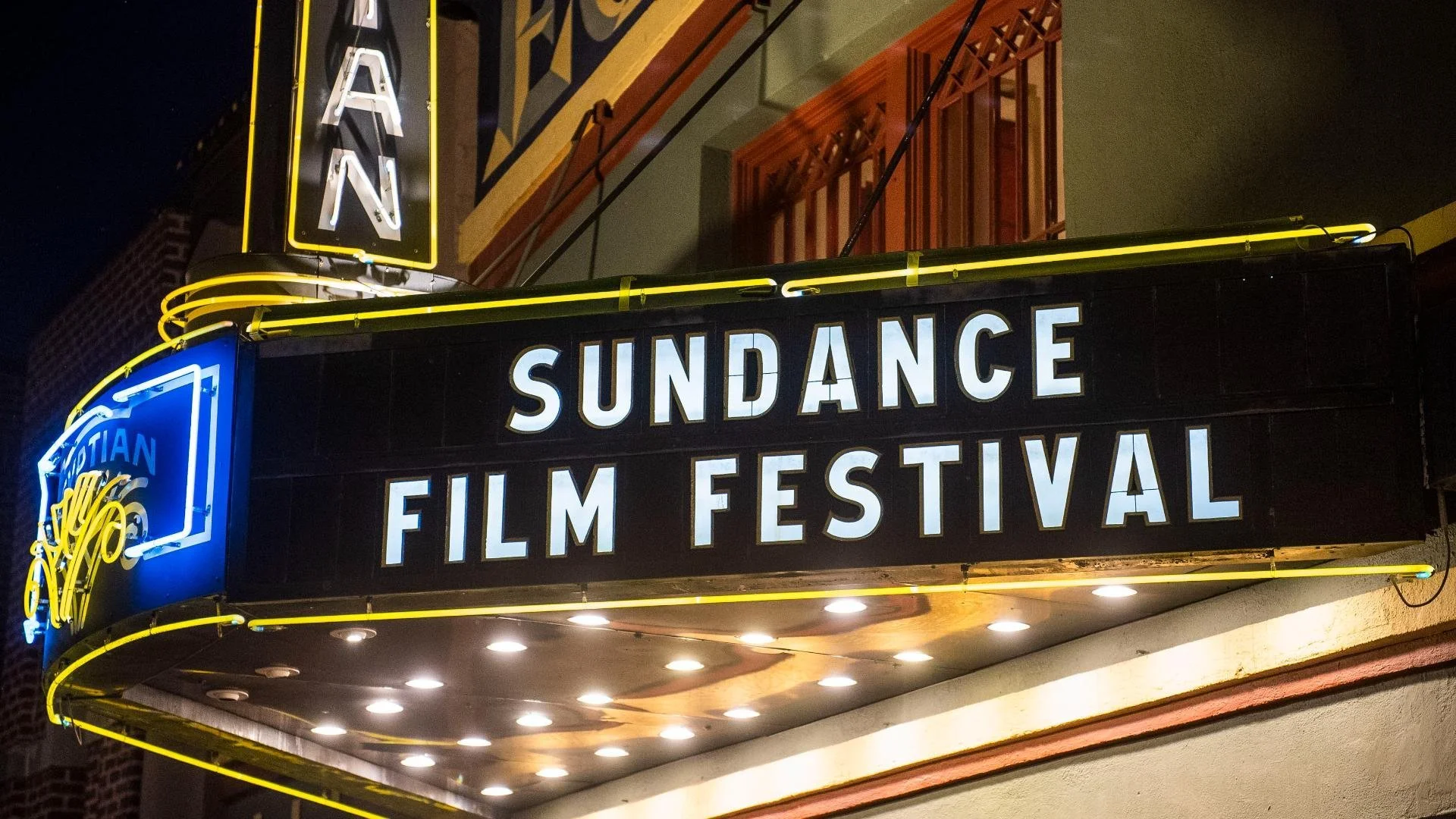How Is King Bumi Different In The Live Action Vs. Animated 'Avatar The Last Airbender'?
Image Source: ScreenRant
Since its release a week ago, there’s been a lot of discourse on the live-action adaptation of Avatar: The Last Airbender. I’ve provided my thoughts on each episode, and we’ll be discussing an objective approach to critiquing adaptations next week. There’s a lot to be said about the show, things that were changed, and things that were kept the same. By now many have heard about the concern over Sokka’s changes, but those weren’t really that big of a game-changer.
There was one character though that did seem to go through a radical change, but when we get down to it, the core point of the character’s interactions with Aang were the same. That character, of course, was King Bumi.
RELATED:
First and foremost, King Bumi is an earthbender king who rules over the city of Omashu. Omashu was one of the last major strongholds of the Earth Kindom holding back the Fire Nation. Bumi is actually an old friend of Aang’s and by all accounts, the only one that survived into old age while Aang was stuck in the ice. He’s got wild, white hair, and a bushy, white goatee. In his old age, his left eye has a large bag under it which kind of closes the eye slightly. He was a jokester, having a silly sense of humor and he was one of Aang’s best friends before the start of the 100 Year War and Aang’s disappearance.
Then the portrayals get a little different. In the cartoon, Bumi comes off as eccentric and unpredictable. He famously told his army to do nothing when the Fire Nation attacked, much to their bewilderment, and allowed himself to be captured. When Aang first returns to Omashu after coming out of the ice, Bumi pretends to capture and threaten the lives of Katara and Sokka. Aang doesn’t know it’s Bumi at first, but the snorting and game that he makes Aang play in order to free Katara and Sokka are enough clues for Aang to figure it out. Aang calls him a mad genius, and despite Aang having to do perilous trials and fight Bumi, he affectionately hugs his friend after such a long time. There does not seem to be any bitterness or anger there, just relief at finally seeing his friend.
Image Source: ScreenRant
In the live-action adaptation, Aang knows it’s Bumi before any of the trials and tests start, and Bumi is most certainly not the same outwardly wacky friend he had before. He’s bitter, talking about how people are dying and Aang just got to sleep through it all. He comes off as mean and angry toward Aang, angry that he disappeared and the world is suffering. It fits with the plot and direction of the show being dark and about trauma and responsibility. At the point where they fight, he guides the fight to the point where Aang is holding up two massive boulders: one over his head and the other over Bumi’s. Bumi says Aang has to pick, and someone will die. That’s war, he says, but Aang’s friends save them just in time.
On the surface, they present far different characters, but I think under both, the same point and friend are there. Both are trying to teach Aang something. Think of them as two different teachers teaching the same subject (they also just so happen to be the same person). In the animated show, the writers recognize that Aang is alone in the sense that there’s no one he knew from before, and he needs guidance. In the live-action, they’re definitely angling for a darker and more mature look at the story, and Bumi reflects that. In both, he’s an old friend of Aang’s who can teach him about this world, and give him a lesson about how to move forward.
READ NEXT:














